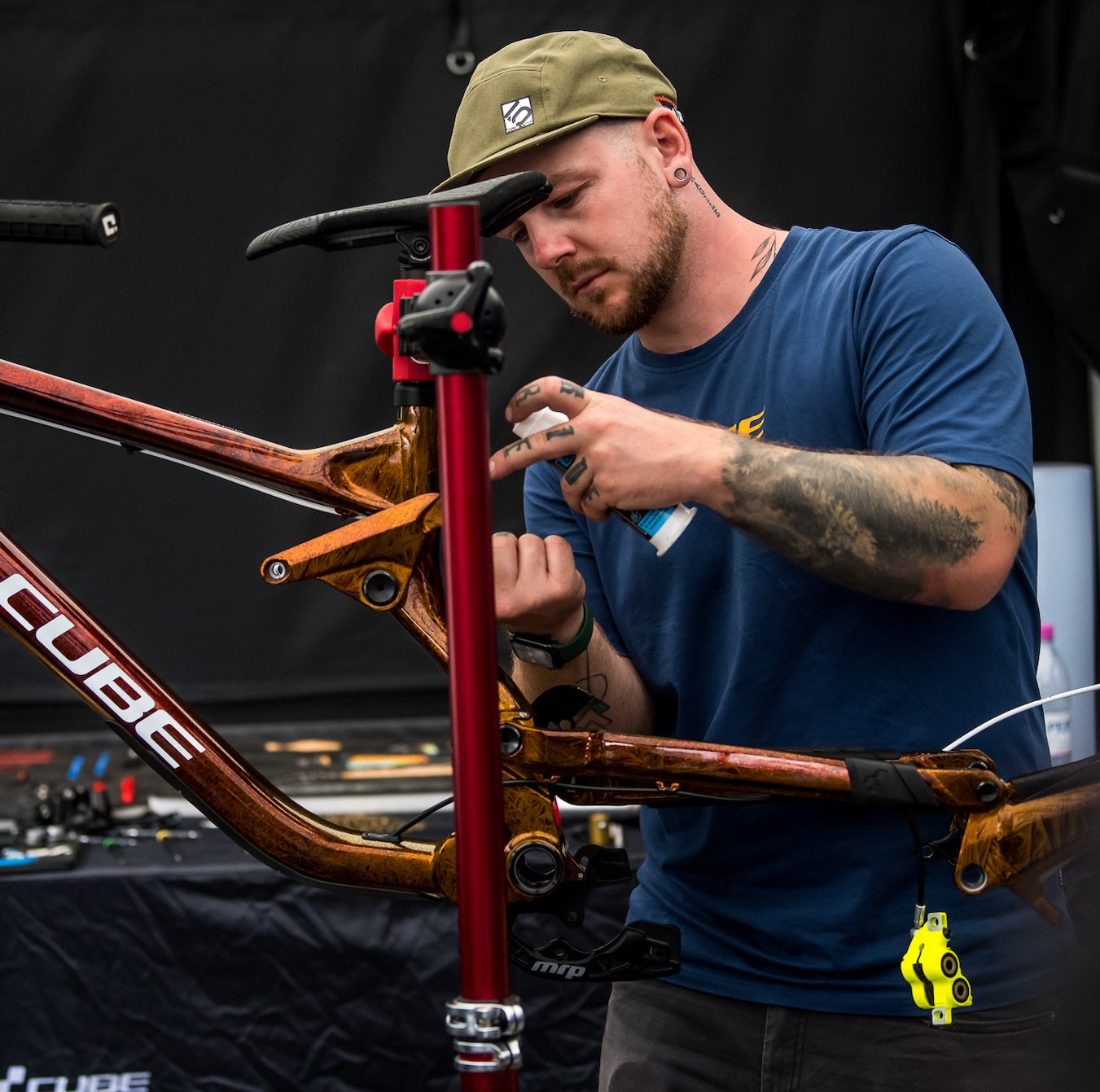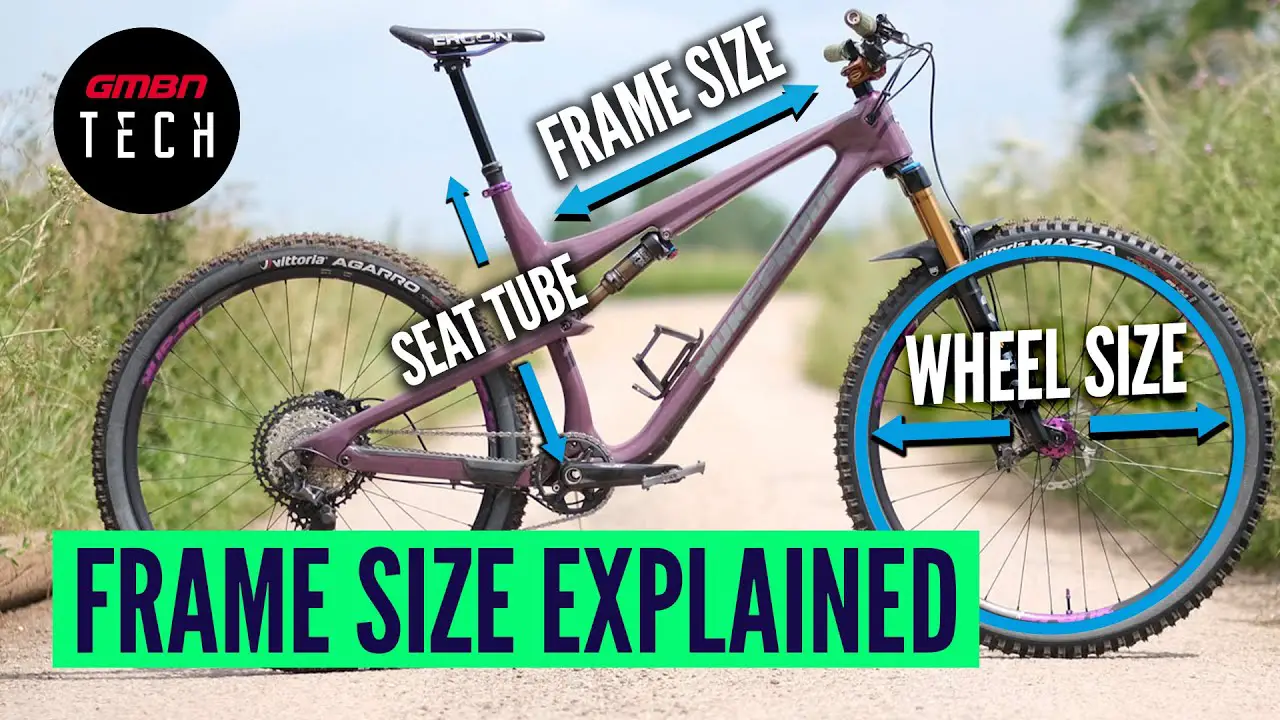Open Face Helmet Guide: Stay Safe with Style!

As an affiliate, we may earn from qualifying purchases. We get commissions for purchases made through links on this website. You can read more on our Affiliate Disclaimer here.
An Open Face Helmet exposes the rider’s face, offering a wider field of vision. It provides less coverage than full-face helmets but more comfort.
Open Face Helmets, commonly known as three-quarter helmets, combine safety with sensory experience. They are a popular choice among motorcyclists who prefer to feel the wind on their faces while maintaining a level of head protection. This helmet type is particularly favored for city riding and less-high-risk environments.
Its design ensures that the ride is both thrilling and secure, accommodating riders who prioritize flexibility and ease of use. Featuring a variety of styles and often equipped with visors or shields, Open Face Helmets cater to diverse preferences, balancing the rider’s desire for freedom with the practical need for safety gear. It’s a style that resonates with the motorcycle community, valued for its classic appeal and the unencumbered feeling it offers.
The Importance Of Open Face Helmets
Understanding the importance of open face helmets is crucial for riders prioritizing both safety and comfort. These helmets offer essential protection while embracing the desire for a more liberated riding experience. Whether navigating city streets or cruising on country roads, an open face helmet provides riders the perfect blend of protection with freedom, ensuring they can enjoy the thrill of the journey with peace of mind.
Protecting Your Face And Head
With an open face helmet, riders benefit from the vital safeguarding of their cranium. A robust outer shell combined with an impact-absorbing liner constitutes the first line of defense during accidents. Certain designs come equipped with extended visors or partial face shields, offering some level of face protection against debris and weather elements.
Helmet safety standards, such as DOT, ECE, or SNELL, remain consistent across helmet types, including open face variants. Riders can rest assured they are not compromising on safety, as long as they choose helmets meeting or exceeding these requirements. Here’s an example of the protective features:
| Feature | Description | Benefit |
|---|---|---|
| Durable Shell | Composite material construction | Resists impact & penetration |
| Impact-Absorbing Liner | Dense foam cushioning | Disperses shock forces |
| Retention System | Sturdy chinstrap | Firmly secures the helmet |
Comfort And Style Combined
Riders often associate open face helmets with a unique blend of comfort and style. These helmets provide ample airflow, reducing the chances of discomfort due to overheating. Unlike full-face helmets, they typically weigh less, minimizing neck strain during longer rides.
Aesthetic appeal is another significant aspect of open face helmets. They come in various designs and finishes, suitable for classic racers to modern motorcyclists. Riders have the freedom to showcase their individuality through their helmet choice, making a statement while on the road. Here are some popular style options:
- Vintage Leather – Exudes an old-school charm.
- Custom Graphics – Allows personal expression.
- Glossy, Matte, or Metallic Finishes – Offers a diverse range of looks.
Riders can further enhance comfort by pairing their open face helmets with appropriate accessories like goggles, sunshades, or face masks, which add layers of convenience and adaptability to suit varying weather conditions and personal preferences.

Credit: www.cardosystems.com
Choosing The Right Open Face Helmet
The thrill of the open road calls for not just any helmet, but one that offers freedom and safety in equal measure. Open face helmets provide that unique combination of an unobstructed view and a sense of closeness to the environment. Yet, the choices are as vast as the roads ahead. Knowing what to look for in an open face helmet ensures protection, comfort, and peace of mind. Let’s navigate through the crucial factors to consider.
Essential Safety Features
Safety is paramount when it comes to any riding gear. With an open face helmet, it’s even more vital to focus on key safety features that can safeguard your journeys. Here are the must-haves:
- DOT, ECE, or Snell certification: Ensure the helmet meets established safety standards.
- Durable Shell Material: Look for materials like polycarbonate or carbon composites which absorb impact effectively.
- Secure Retention System: A helmet is only good if it stays on. A high-quality strap system is non-negotiable.
- Impact-Absorbing Liner: Typically made of EPS foam, this layer is the crumple zone of your helmet.
- Ample Ventilation: Adequate airflow is essential to keep you cool and the visor fog-free.
Finding The Perfect Fit
An open face helmet must feel like an extension of yourself – snug, comfortable, and unobtrusive. Achieving the ideal fit is not just about comfort; it’s a safety imperative. Follow these steps to find your match:
- Measure Your Head: Use a flexible measuring tape to measure around the widest part of your head.
- Consult Size Charts: Match your head size with the manufacturer’s size chart to find your size.
- Test for Fit: The helmet should sit squarely on your head without pressing on pressure points.
- Check for Movement: A proper fit means minimal movement when you shake your head.
- Wear for Duration: Keep the helmet on for a few minutes to ensure there are no hidden pressure points.
Remember, a helmet that fits well not only feels better but also provides better protection. Personalize your open face helmet fit with options like different cheek pad thicknesses or liner materials.
How To Style Your Open Face Helmet
Stepping out with an open face helmet doesn’t just ensure safety; it’s also an opportunity to express personal style. With the right customization and clever outfit matching, this essential gear transitions from mere protection to a fashion statement. Let’s explore how to give that helmet a unique twist of personality.
Customization And Personalization Options
Transforming your open face helmet from standard to standout is all about infusing it with your personality. Here are some customization options to make your helmet truly yours:
- Decals and Stickers: Add a touch of flair with decals that reflect your interests, from vintage pin-up art to modern geometric patterns.
- Paint Jobs: Opt for a professional custom paint job or DIY with helmet-friendly paints to splash on your preferred colors and designs.
- Visors and Accessories: Swap out the standard visor with tinted or iridescent options and add helmet accessories like mounted cameras or Bluetooth communication devices.
Personalization involves more than external modifications; it’s also about comfort. Consider the interior with custom paddings and liners that not only fit perfectly but also feature patterns or colors that peek out when the helmet is worn.
Matching Your Helmet With Your Outfit
A well-coordinated look resonates with a sense of style and confidence. To achieve this, consider the following tips to match your helmet with your outfit.
- Color Coordination: Pick a color scheme that complements both your helmet and your attire. Neutral helmets pair well with virtually any outfit, while bold helmets can be matched with accessory accents.
- Style Harmony: Align the style of your gear with your helmet. Leather jackets and retro helmets are a timeless combo, while sportier helmets go well with modern, athletic cuts.
- Seasonal Considerations: Make practical and style choices based on the season. Mesh jackets and breathable materials for summer, or a high-visibility helmet for darker conditions.
Don’t forget footwear and gloves as they are integral to your riding ensemble. Choose designs that echo the aesthetic of your helmet for a cohesive look.
| Helmet Style | Outfit Suggestion |
|---|---|
| Retro Helmet | Classic leather jacket, rugged denim, and boots. |
| Sporty Helmet | Athletic fit riding jacket, reinforced jeans, and racing boots. |
| Custom Art Helmet | Neutral clothes that highlight the helmet’s artwork. |
Maintenance And Care Tips
An open face helmet offers the wind-in-your-hair freedom that many riders crave, but proper maintenance and care are crucial to ensure you remain protected on every ride. Like any piece of critical safety gear, a well-maintained helmet not only lasts longer but is also more effective at doing its job. With the right care, you can keep your open face helmet in top condition, ready to hit the road whenever you are. Below, discover essential maintenance and care tips that are as streamlined as your ride.
Cleaning And Storage
Keeping your open face helmet clean and properly stored is the first step in maintaining its condition. Dirt and grime can degrade materials over time, so regular cleaning is paramount. Here are some tips to ensure your helmet remains in pristine condition:
- Use mild soap and water to gently clean the outer shell. Avoid harsh chemicals that can damage the helmet’s finish.
- For the interior, detach the liners if they’re removable and follow the manufacturer’s instructions for washing.
- Keep the visor clear. Use a soft microfiber cloth to prevent scratches and maintain visibility.
- When not in use, store the helmet in a cool, dry place away from direct sunlight to prevent degradation of the materials.
- Consider using a helmet bag for added protection against dust and scratches during storage.
Extending The Lifespan Of Your Helmet
Your helmet is not just another accessory; it’s a lifesaving device. Maximizing its lifespan ensures it offers optimum protection throughout its service. Incorporate these practices into your routine:
- Conduct regular inspections for any signs of wear and tear, especially after an impact or accident.
- Avoid modifications. Even small changes can compromise the helmet’s integrity and safety features.
- Replace your helmet every five years or sooner, should it sustain any significant impact, even if no damage is visible.
Remember, a well-cared-for open face helmet not only offers peace of mind but also ensures that you can fully enjoy the exhilaration of the ride with the right protection. Clean regularly, store properly, and stay vigilant about its condition to get the most out of your investment.
Frequently Asked Questions Of Open Face Helmet
Are Open Face Helmets Safe Enough?
Open face helmets provide a level of safety, though less than full-face helmets. They protect the top and back of the head but leave the face exposed. For increased safety, pair them with goggles or a visor.
How Do Open Face Helmets Compare To Full-face?
Open face helmets offer a wider field of vision and more ventilation. However, they don’t offer the same level of protection for the chin and face as full-face helmets do. Each type has its own balance of safety and comfort.
What Are The Benefits Of Using An Open Face Helmet?
Open face helmets are lighter and provide better airflow, which makes them more comfortable, especially in hot weather. They also allow for easier communication and give riders a more authentic riding experience.
Can I Wear Glasses With An Open Face Helmet?
Yes, you can wear glasses with an open face helmet. In fact, they’re often a more convenient choice for glasses-wearers, as they allow for easier put-on and take-off without the hindrance of a full face shield.
Conclusion
Exploring the open road demands the right gear, and an open face helmet is a prime choice for many riders. It offers freedom, comfort, and a touch of nostalgia. Remember, choosing the right helmet is key to ensuring safety and enjoying the ride.
Embrace the journey ahead with the helmet that suits your style and preferences. Stay safe and relish every mile!

Steven is a professional cyclist and his passion is cycling. He has been cycling for the last 6 years and he loves using bikes while outing as well. Based on his experiences with the different types of bikes; he is sharing his opinions about various bikes so that a beginner can start right away. Find him on Twitter @thecyclistguy Happy Biking.




